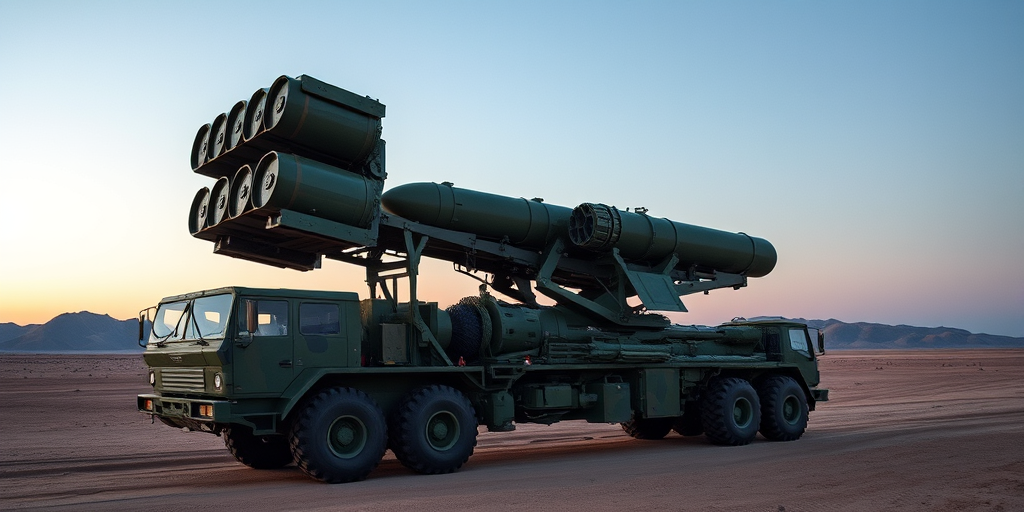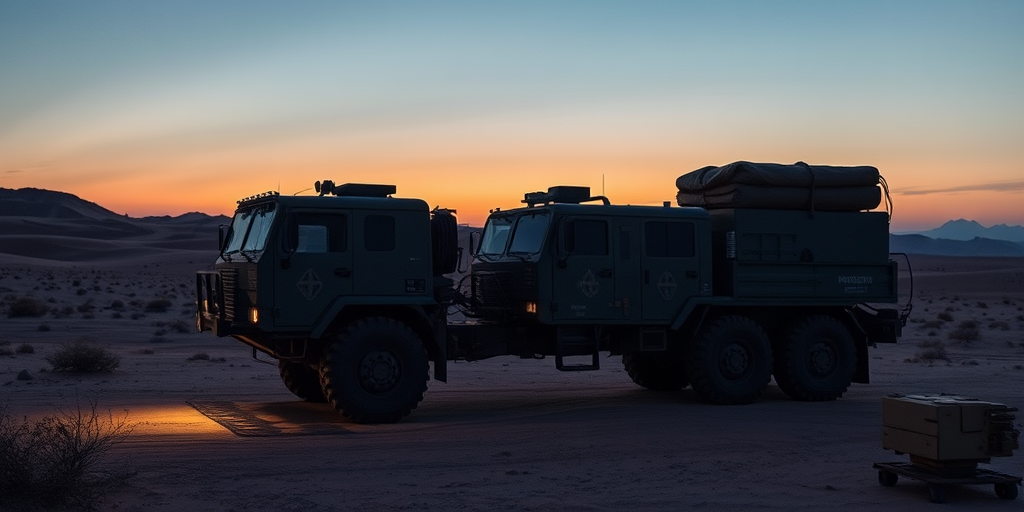Is the S-400 missile system revolutionizing modern air defense or undermining traditional air supremacy?
Engineered for long-range engagement and rapid repositioning, it combines advanced radar tracking and multi-missile battery configurations to deliver unmatched strategic deterrence. Key features include: • Long-range missile engagement • Advanced radar tracking • Mobile shoot-and-scoot deployment • Multi-missile battery configuration • Strategic deterrence capability
This analysis examines its capabilities and implications, setting the stage for a detailed exploration of its potential threat to air supremacy.
Technical Specifications and Performance Metrics of The S-400 Missile System

The S-400 is built upon an integrated protection architecture that unites precision targeting innovations with an advanced anti-aerial capability assessment. Its overall design emphasizes modularity and adaptability. The system’s architecture enables seamless coordination between various components, ensuring that missile launchers, radar systems, and command nodes operate in a unified defense network. This design not only supports route planning and threat prioritization but also guarantees that rapid-response measures are embedded in every phase of operation.
The system deploys multiple missile variants tailored to cover diverse engagement ranges, each contributing to a layered defense strategy. Key variants include the 40M6E, which extends the engagement range to 400 km; the 48N6DM and 48N6E2, ensuring medium-range reliability with nuanced performance differences; and the 9M96 and 9M96C for swift countermeasures. The following table summarizes these missile variants and their key parameters:
| Missile Variant | Range (km) | Key Features |
|---|---|---|
| 40M6E | 400 | Long-range, precision engagement |
| 48N6DM | 250 | Mid-range, multi-target capability |
| 48N6E2 | 200 | Rapid response, system synergy |
| 9M96 | 120 | Quick-reaction interceptor |
| 9M96C | 40 | High-speed countermeasure, agile targeting |
The radar system is a standout component, leveraging the 92N6E “Gravestone” to achieve significant radar tracking advancements. This radar can monitor targets up to 600 km and simultaneously engage 80–100 threats—a critical factor in maintaining air superiority. Combined with the system’s mobile deployment on 8×8 Ural vehicles, the S-400 utilizes shoot-and-scoot tactics to minimize vulnerability. Its integrated defense suite ensures that interceptor performance remains effective in dynamic battlefield conditions, underscoring the system’s role as a formidable barrier against a wide range of aerial threats.
Comparative Analysis: The S-400 Missile System’s Capabilities versus Other Air Defense Systems

Experts consistently rate the S-400 as one of the premier air defense systems worldwide. In comparative evaluations, it exhibits superior engagement range, missile speed, and advanced radar tracking capabilities that collectively enhance its strategic aerial deterrence. When questioned—What sets the S-400 apart from similar systems?—its ability to integrate multi-variant missile deployment with agile mobility and networked battlefield defense emerges as the precise response.
Technically, the S-400 outmatches many contemporary defense solutions due to its precision in target acquisition and rapid reaction times. Forward-thinking counter‑missile tactics and anti‑access strategies further boost its operational profile compared to peer technologies. Its sophisticated radar operates with high accuracy, enabling effective tracking of multiple threats simultaneously, thereby ensuring robust interception even under complex threat environments.
Ultimately, the S-400’s performance benchmarks establish it as a transformative element in air defense strategy. Its combination of extended engagement range, rapid missile response, and versatile deployment capabilities facilitates superior networked battlefield integration, ensuring that this system remains a cornerstone in maintaining air supremacy against evolving adversary tactics.
- Engagement Range
- Missile Speed and Reaction Time
- Target Tracking Capacity
- Mobility and Deployment Flexibility
- Integration with Battlefield Networks
Final Words
In the action, we examined the S-400’s design, performance metrics, and operational impact. We broke down its long-range capabilities, mobile deployment, and strategic deterrence, complemented by detailed technical comparisons and geopolitical assessments.
This analysis provides a clear perspective on how advanced missile systems inform modern defense strategies. It underlines the value of precise tactics and reliable technology in maintaining battlefield superiority.
Our discussion reinforces the importance of understanding The S-400 Missile System: Threat to Air Supremacy? in shaping future military readiness and strategic balance.
FAQ
Can S-400 shoot down F-16?
A: The S-400 missile system can effectively engage F-16 fighters with its 48N6E2 missiles, which operate at ranges up to 200km. The system’s advanced radar can track stealth aircraft and process multiple targets simultaneously.
How good is the S-400 air defense system?
A: The S-400 ranks among the world’s premier air defense systems, featuring 400km engagement range, capability to track 80-100 targets simultaneously, and the ability to intercept threats from stealth aircraft to ballistic missiles.
Can S-400 be jammed?
A: The S-400 employs sophisticated counter-jamming technology and frequency-hopping capabilities in its 92N6E “Gravestone” radar system, making it highly resistant to electronic warfare interference.
What missile variants does the S-400 use?
A: The S-400 deploys five missile variants: 40M6E (400km range), 48N6DM (250km range), 48N6E2 (200km range), 9M96 (120km range), and 9M96C (40km quick-reaction range).
How mobile is the S-400 system?
A: The S-400 system utilizes 8×8 Ural vehicles for rapid deployment and “shoot-and-scoot” tactics, allowing quick repositioning within minutes after engagement to avoid counter-battery fire.
What makes the S-400 strategically significant?
A: The S-400’s strategic value stems from its multi-layered defense capability, extensive engagement range, advanced target tracking, and ability to create anti-access/area denial zones in contested airspace.
